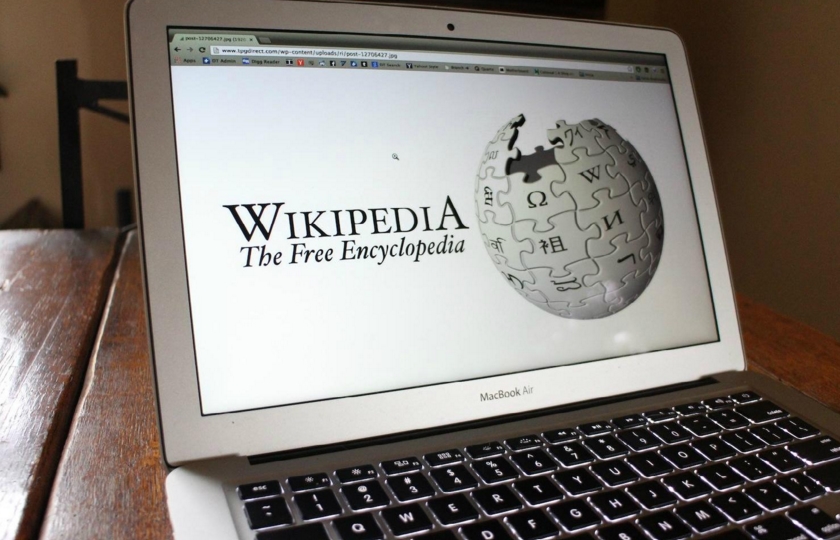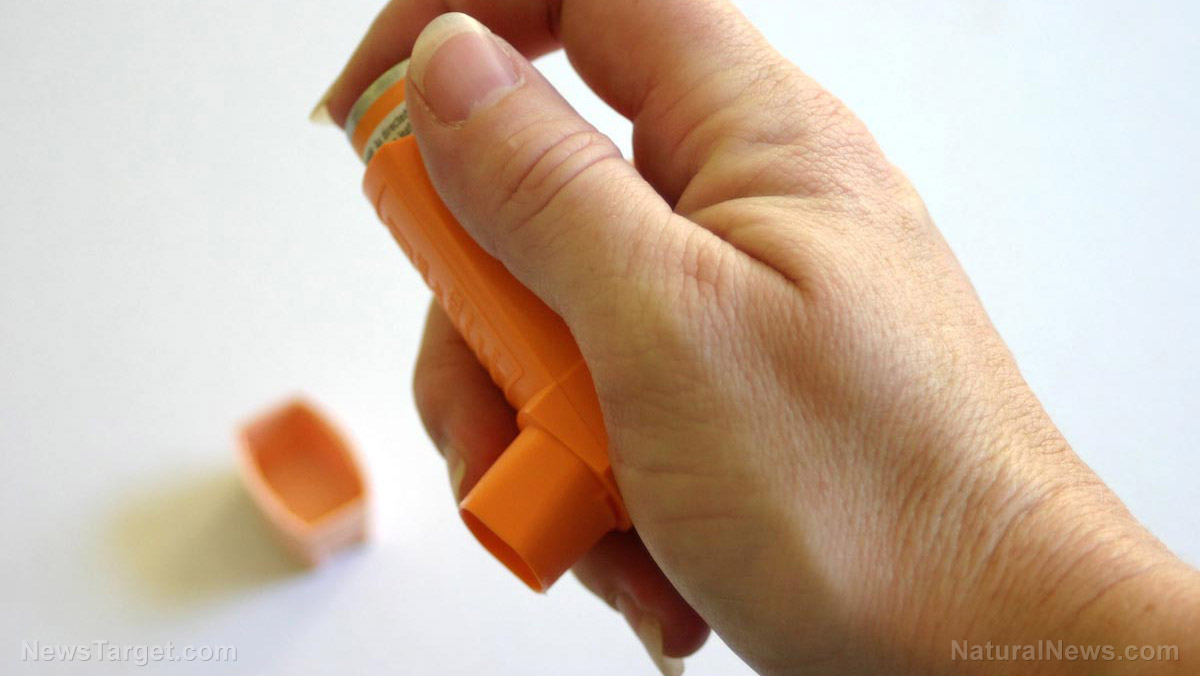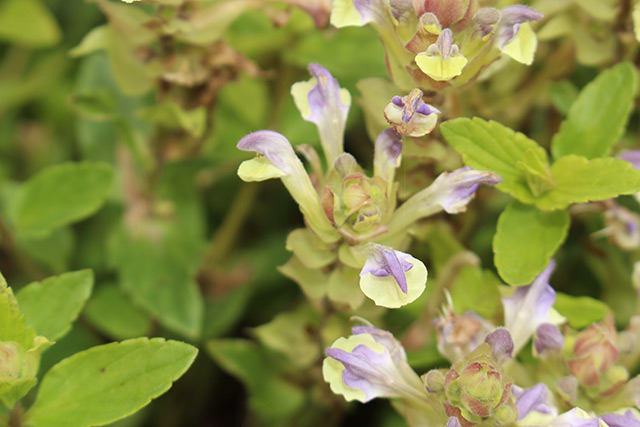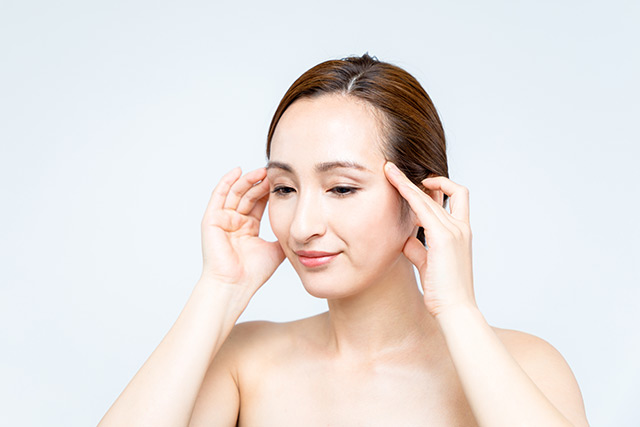MEASURED: Acupuncture effects on uric acid in the blood, gout and hyperuricemia; renal health implications
03/11/2018 / By Michelle Simmons

A team of researchers from the Beijing University of Chinese Medicine looked at the effects of acupuncture on uric acid in the blood, gout, and hyperuricemia. The results of their study were published in the Journal of Traditional Chinese Medicine.
- The research team randomly divided fifty rats into five groups – blank, model, Shu-acupoint, Yuan-acupoint, and Mu-acupoint groups.
- For the 90-day experiment, they developed a rat model of hyperuricemia by feeding the rats with adenine and ethambutol.
- The treatment groups underwent three courses of acupuncture, with each course involving a total of 10 interventions lasting 15 minutes each. There was a break for 10 days between courses.
- They assessed serum uric acid and alkaline phosphate levels using an automatic biochemical analyzer, while they examined xanthine oxidase with the use of immunofluorescence.
- Results revealed that serum uric acid and xanthine oxidase levels in the model group were significantly higher and the renal index greatly improved when compared to the blank group.
- The three treatment groups had lower serum uric acid and xanthine oxidase levels and improved renal index when compared with the model group.
- Comparing the three treatment groups, the Mu-acupoint group showed the highest decreases serum uric acid and xanthine oxidase levels, followed by the Yuan-acupoint group.
- However, there was no significant difference in kidney index among the three treatment groups and no significant change in alkaline phosphate levels among all the groups.
The findings of the study indicate that the acupuncture treatments greatly decreased serum uric acid and xanthine oxidase levels, which potentially indicates reduced renal damage.
For the full text of the study, go to this link.
Journal Reference:
Xinyi W, Bingyun L, Shan W, Minghe S. EFFECTS OF ACUPUNCTURE AT SHU, YUAN, AND MU ACUPOINTS ON BLOOD SERUM URIC ACID AND XANTHINE OXIDASE LEVELS IN A RAT MODEL OF GOUT AND HYPERURICEMIA. Journal of Traditional Chinese Medicine. 2017;37(6):841–845. DOI: 10.1016/S0254-6272(18)30049-9
Tagged Under: acupoints, acupuncture, gout, hyperuricemia, kidneys, Mu, renal health, Shu, TCM, traditional Chinese medicine, uric acid, xanthine oxidase, yuan
















